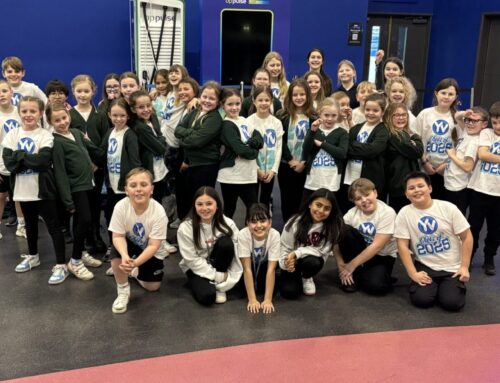This week in our assembly time the children are learning what it means to be a refugee.
At least 82.4 million people around the world have been forced to flee their homes. Among them are nearly 26.4 million refugees, around half of whom are children.
The terms “refugee”, “asylum-seeker” and “migrant” are used to describe people who are on the move, who have left their countries and have crossed borders.
The terms “migrant” and “refugee” are often used to mean the same thing but there is a difference.
Who is a refugee?
A refugee is a person who has fled their own country because they are at risk of serious human rights violations and persecution there. The risks to their safety and life were so great that they felt they had no choice but to leave and seek safety outside their country because their own government cannot or will not protect them from those dangers. Refugees have a right to international protection.
Who is an asylum-seeker?
An asylum-seeker is a person who has left their country and is seeking protection from persecution and serious human rights violations in another country, but who hasn’t yet been legally recognized as a refugee and is waiting to receive a decision on their asylum claim. Seeking asylum is a human right. This means everyone should be allowed to enter another country to seek asylum.
Here is a video that sums up our thinking in assembly, together with some true stories told by young refugees…





